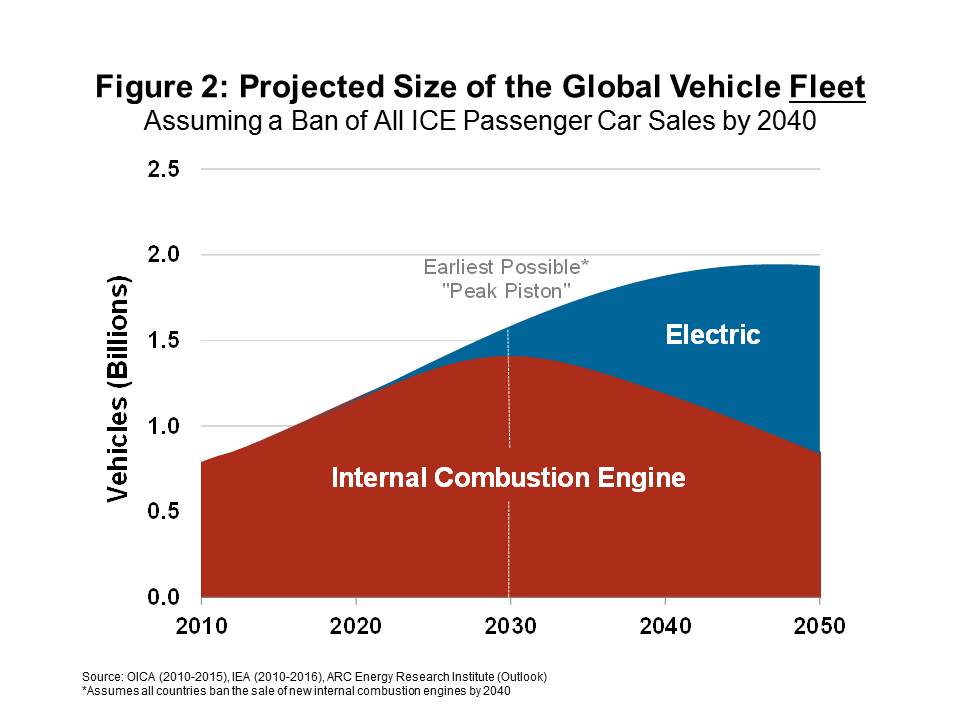srs5694
Active Member
There is a black swan, however. And that is the impact of heavy duty, commercial EV. Here the reporting is really lousy. Nobody has good numbers on how many commercial EVs there are. Last year I did an analysis and found that electric buses alone could account for about 4 times the oil displacement of all light EVs. I suspect this ratio continues and is even high because of substantial underreporting in this space. So I believe conservatively the total impact on oil is about 5 times that of LD EVs. This gets us to a potential incremental impact of about 600 kb/d this year.
I've seen similar analyses that suggest that widespread adoption of electric buses could be a really big deal with respect to oil consumption. There's been some recent news in a similar area: Amazon has just announced that they'll be buying 100,000 electric delivery vans from Rivian:
Amazon will order 100,000 electric delivery vans from EV startup Rivian, Jeff Bezos says
This took a lot of people by surprise, since Rivian had not previously announced a delivery van variant of their trucks.



